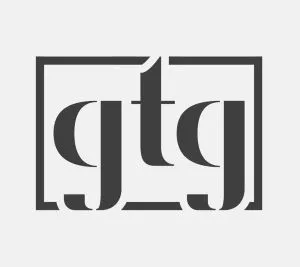- within Technology topic(s)
- in United States
- within Immigration, Consumer Protection and Tax topic(s)
- with readers working within the Banking & Credit and Oil & Gas industries
U.S. AI Action Plan
Dr Ian Gauci reflects on America's blunt approach to AI and how it contrasts with the EU's regulatory framework.
The newly released U.S. AI Action Plan (July 2025) is worth your time not just for what it includes, but also for what it deliberately leaves out. It's blunt, unapologetic, and structurally coherent. And perhaps most notably, it couldn't be more different from the EU's AI Act.
Unlike the EU, which leans heavily into layered risk classifications, conformity procedures, centralised enforcement, and symbolic guardrails like CE marks and registries, the U.S. takes a different route. There is no horizontal framework. None.
Instead, what we see is a sovereign action plan, one that strips away regulatory friction and sidesteps sector-wide legal obligations. The focus? Infrastructure, scale, and international reach. In short, the U.S. is not looking to codify rules. It's trying to export its own tech stack faster than everyone else.
The Ingredients, Not the Recipe
It's like the U.S. is giving the world the ingredients for the doctrine of its success, but not the recipe. Governance isn't on the menu. What's being served is strategy, one that promotes open-weight models, accelerates compute build-out, embeds AI throughout the federal and defence ecosystem, and treats frontier model dominance as a matter of national security.
This is not a law. It's a statement of intent. And it's one that moves fast and unapologetically in the direction of scale and control.
Divergence by Design
To be fair, both the U.S. and EU frameworks are internally consistent. The EU is trying to govern AI through legal scaffolding and institutional checks. The U.S. is trying to assert dominance through supply chains, compute power, and velocity.
This divergence isn't theoretical, it's operational. It's going to shape:
- How AI is deployed globally
- What compliance burdens look like
- Where legal and ethical risk will concentrate
And for multinationals, policymakers, and standard-setters, this dual track creates difficult questions. You can't be compliant in both systems with a single playbook. Navigating these two models will demand agility, foresight, and serious strategic alignment.
The content of this article is intended to provide a general guide to the subject matter. Specialist advice should be sought about your specific circumstances.


